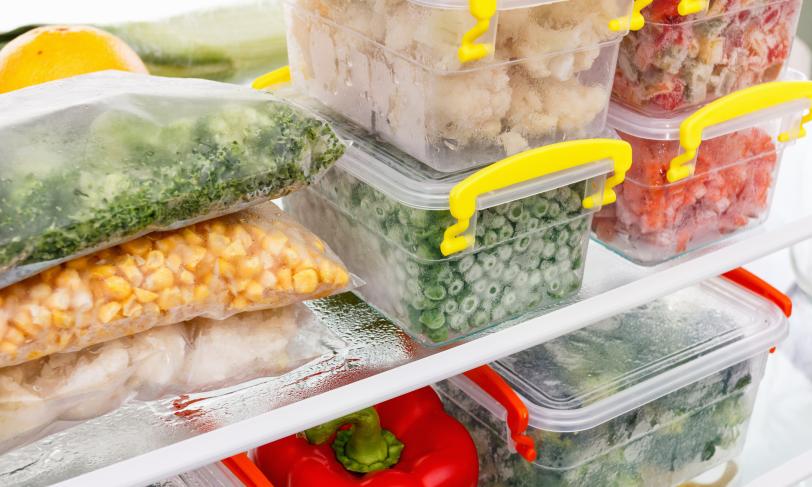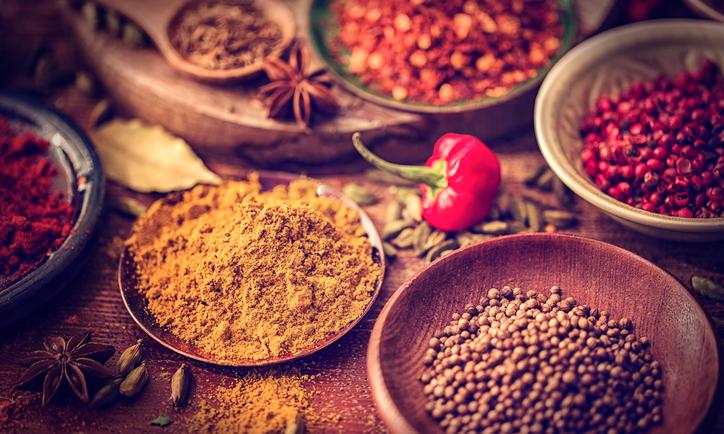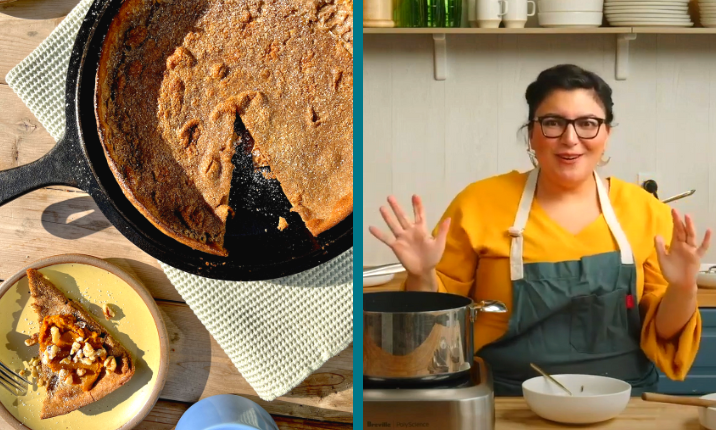Your bags are packed and you’re heading out for a well-deserved vacation. But what about meals and snacks? Whether you’re traveling by car, air or rail, when you’re managing your diabetes, a little planning can make your time on the go a lot less stressful and a lot more fun!
With all of the details to keep track of when planning a trip, meals can end up being a last-minute challenge with limited healthy choices. As a result, it’s easy to get out of your routine, including those habits that help you manage your diabetes day to day. But with a few tips in mind, you can keep up with that healthy routine as if you were right at home.
On the Road or By Plane
As you travel to your vacation destination, your normal routine gets interrupted, and you may be bombarded with a number of snack stands and fast food restaurants tempting you with unhealthy options. Here are a few solutions to common problems you may encounter:
Problem: A long ride ahead of you that interrupts your regular schedule.
Solution: Think about exactly how long your trip will be. Will it conflict with the time you usually eat lunch? Dinner? Mid-day snacks? If so, plan on packing the right amount of food and snacks for those times. This way your meals are just about ready to go and your schedule stays on course.
Problem: Overeating! You become so focused on the road, you don’t realize that you’ve already reached the bottom of your snack bag. Even if you have packed healthy options like unsalted mixed nuts, or fresh fruits, overeating some of these healthy foods can lead to higher blood sugar.
Solution: Bring your single-serving containers. Portion snacks into single serving sizes and divide up your food based on the number of meals and snacks you will need while you’re traveling. Think of it as packing a lunch bag, rather than one large bag of snacks.
Problem: When traveling by air, you might find yourself with a layover or two, and the airport’s many food temptations can be a challenge.
Solution: Think about packing some foods that don’t need refrigeration. These can be your own bag of trail mix with unsalted nuts, cheese and crackers, or some uncut fresh fruit like an apple or pear. Even carrots and celery hold up pretty well. If you have to buy something at the airport, find healthier options by reading nutrition labels and watching your portion sizes.
Maintaining healthy habits on vacation doesn’t have to take away from your experience
Problem: The Transportation Security Administration (TSA) doesn’t allow some food or drinks past the security check points.
Solution: Many people are confused about this rule. Actually, while TSA does not allow liquids to pass security, they do allow many different types of food as long as they are packed into appropriate containers. So once again, bring those single-serving containers. You can also bring an empty water bottle and fill it at a drinking fountain once you are through security. This will save you money on bottled water and reduce the temptation to buy a sugary drink.
You’ve Reached Your Destination
Now that you’ve reached your vacation spot, it’s time once again to think of how to stay on track with meal timing and healthy choices. Sampling local foods while traveling is a big part of the experience for most people. In planning your meals, think about which local dishes are a priority. What dishes are a “must-have” versus dishes that are simply “nice to have”? Make a list and prioritize your dishes, then stick to it.
Like America, other countries are now increasing portion sizes at their restaurants while lowering prices, making it easy to overeat. When you can, try sharing meals with family or friends you’re traveling with. If you’re going solo, think about packing half of your dish for an extra meal the next day, or opt for something smaller like an appetizer, side, or salad.
You can also buy fresh produce and other healthy snacks when you arrive. Live like a local! Check out a nearby grocery store or market and pick out some snacks to keep in your hotel or on hand as you explore. Find out what produce is in season in the area, and maybe even try something new.
Maintaining healthy habits on vacation doesn’t have to take away from your experience. With a little planning, you can stay healthy, have fun, and return home with healthy habits intact.



























